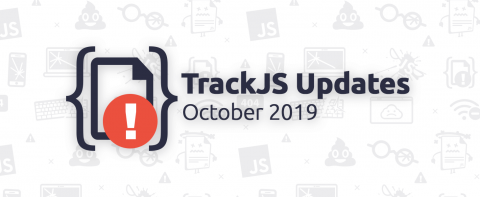Hunting for Talent on the DevOps Highway
If you happened to be in Tel Aviv, Israel last month, you probably saw the eye-catching JFrog billboards that took over the city. The JFrog logo with a solid bright green background challenged all of us to Imagine There’s No Version. The JFrog green billboards were everywhere! Decorating trains and buses and lighting up the city landmarks. The message was clear; it was an invitation to imagine a future where software updates flow like water.











